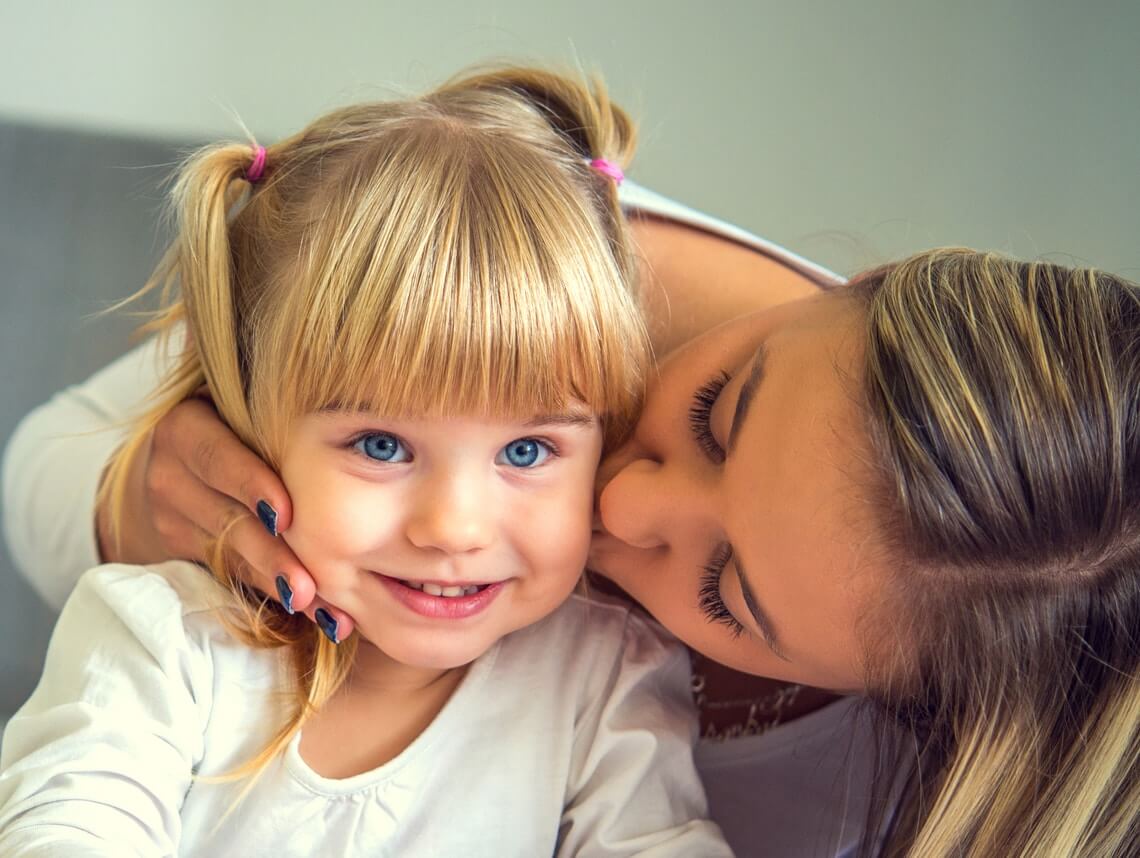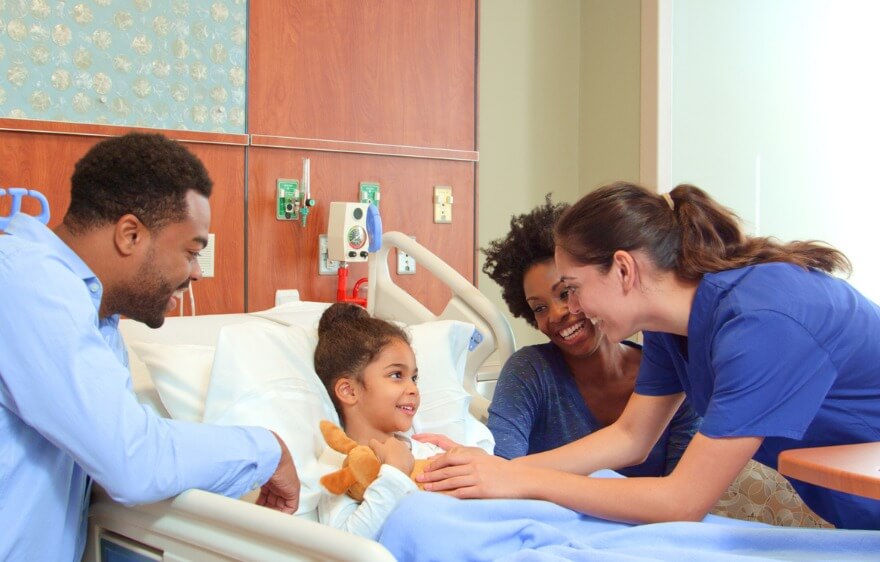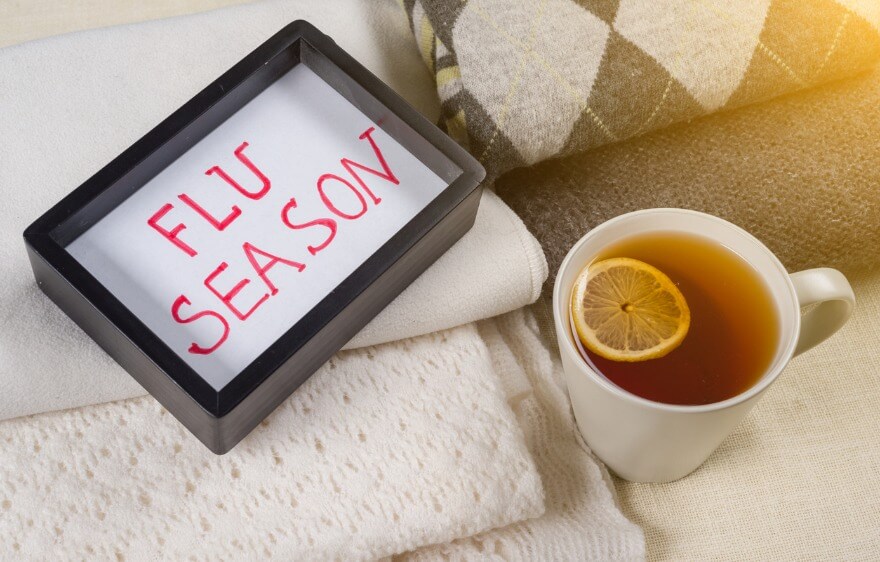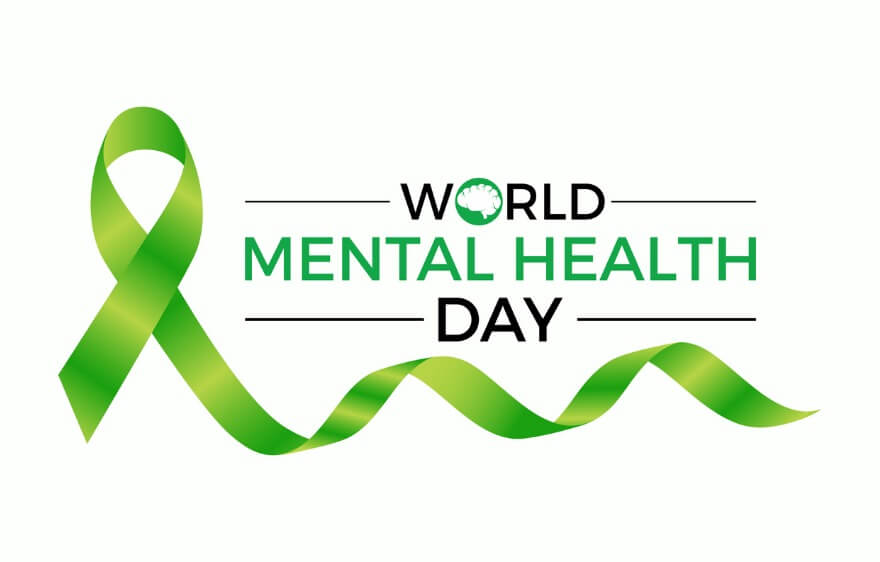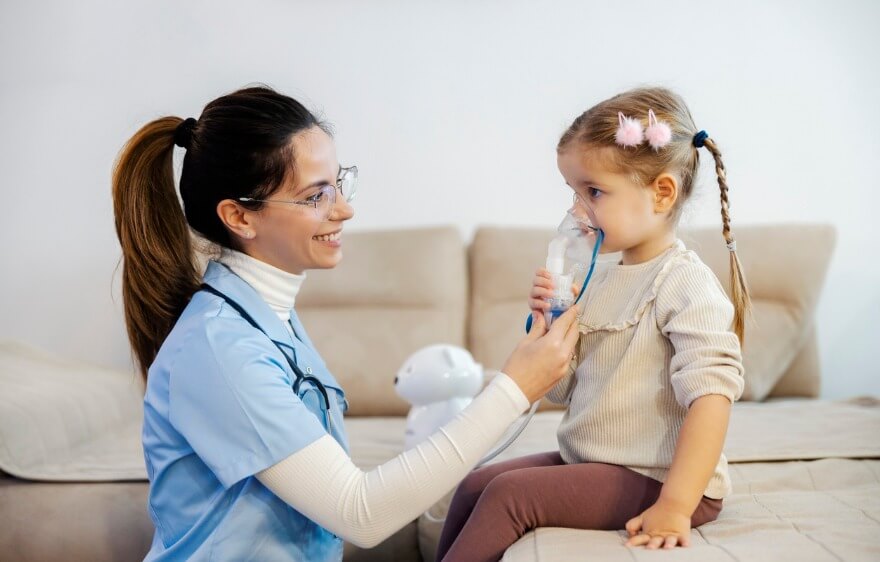A.K. is a fun-loving little girl who loves music. She could spend the entire day listening to the Frozen and Moana soundtracks, as well as nursery rhymes. At almost four years of age, she’s also very perceptive. Even though she has four nurses as home caregivers and loves all of them, she’s well aware that she can get away with more stuff with some of them.
But life wasn’t always so cheery for A.K. She was born a micro-preemie at 1 lb, 8 0z, measuring only 12 inches. She was also born with a long list of health issues, which resulted in her spending the first 346 days of her life in the hospital. She was discharged almost as a one-year-old, relying on a ventilator, a gastro-jejunum tube for feeding by pumps, and a tracheostomy. She was also completely immobile.
“Her improvement has been significant,” explains her mom and caregiver, Stephanie Keene. “She’s no longer dependent on a ventilator. She’s breathing on her own. When she came home, she couldn’t roll over or crawl, and now she loves to run around.”
Stephanie marvels at how well her daughter has improved, thanks to weekly physical, occupational, speech, and feeding therapies. “She’s still significantly delayed, but over the past two years, she’d been doing so much better.”
Stephanie cares for her daughter along with a small team of individuals — A.K.’s dad, a day nurse who goes with A.K. to school, and two nurses who rotate overnight shifts. “The night nurse wakes her up and gets her ready for school — feeding her, giving her medications, and getting her dressed. Then her father or I take her to school, where her school nurse is already waiting for her.”
A.K. goes to every single class with one of her nurses, who sings to her and plays with her, as well as accompanies her to physical and occupational therapies that take place at school. She also feeds her multiple times throughout the day through her g-tube. “We then pick her up,” explains Stephanie, “and sometimes take her to additional therapies. We all then incorporate things we’ve learned at these therapies into playtime and other activities at school and at home. It’s very much coordinated efforts.”
The night nurse arrives after A.K. has been fed and bathed by her parents — and already asleep. “We prefer it that way because she’s connected to a feeding pump at night once the overnight nurse arrives, and we don’t want to risk having her pull on it.” Then the parents go to bed, with the peace of mind that comes with knowing a caring, skilled nurse is monitoring their daughter as she sleeps.
Stephanie explains that the Care Options for Kids caregivers love seeing how much A.K. has progressed. “Seeing how she was when she first came home, to how excited she gets now any time she hears music is really nice to watch. It’s heartwarming and rewarding, and all the nurses agree.”
“Care Options for Kids has really been so helpful. And everyone is responsible, respectful, and so friendly,” Stephanie says. “Being able to work as part of a team has made things better for our daughter, and I would definitely recommend it to other parents.”
